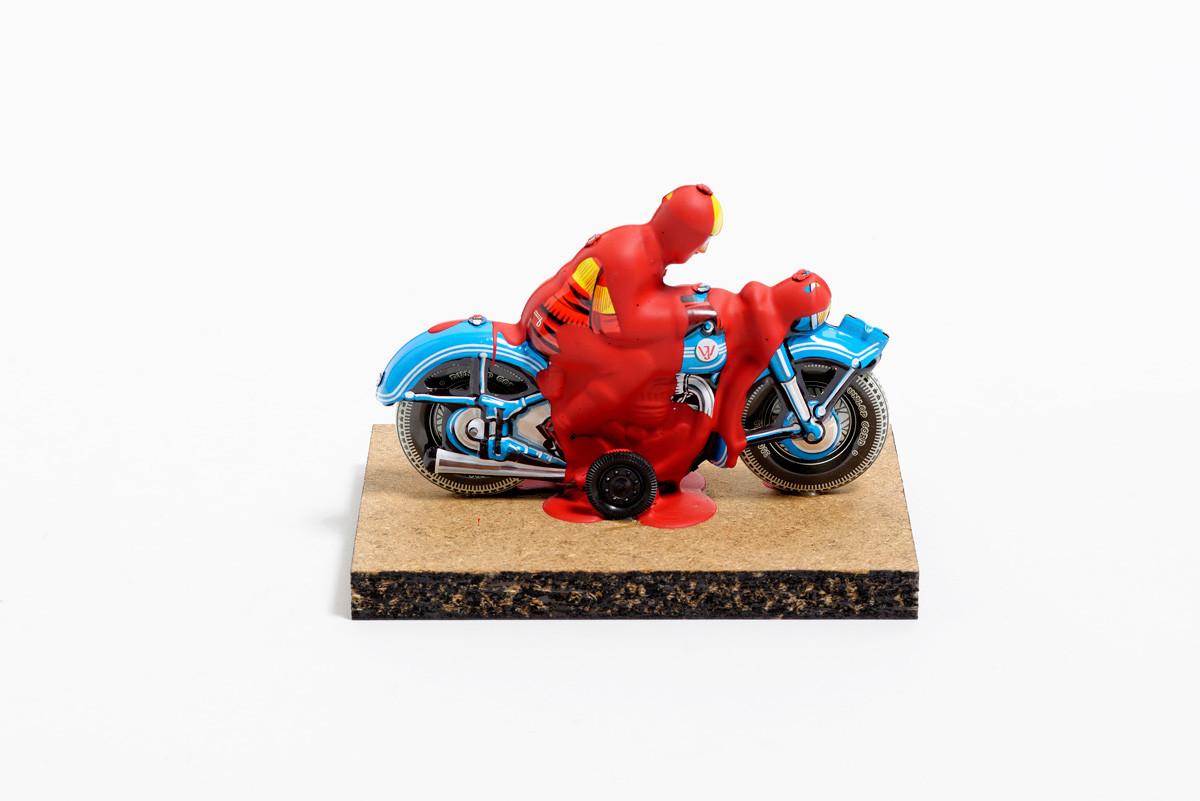Max Ackermann, Peter Angermann, Arquus, Elvira Bach, Georg Baselitz, Donata Benker, Georges Braque, Wolfgang G. Bühler, Hyeon-Uk Cha, Marc Chagall, Alain Clément, Otto Dix, Sonja Edle von Hoeßle, Peter Gaymann, Karl Hagedorn, Erich Heckel, Peter Hermann, Ottmar Hörl, Udo Kaller, Benjamin Katz, Ralf Klement, Dietrich Klinge, Imi Knoebel, Ja Hyun Koo, Hoon Kwak, Helge Leiberg, Roger Libesch, Markus Lüpertz, Herbert Maier, Harry Meyer, Jochen Pankrath, Dieter Roth, Johanna Schelle, Bernd Schwarting, Bernd Schwarzer, Tamara Suhr, Cony Theis, Rubica von Streng, Jong Taek Woo, Wolfgang Zelmer, Bernd Zimmer
